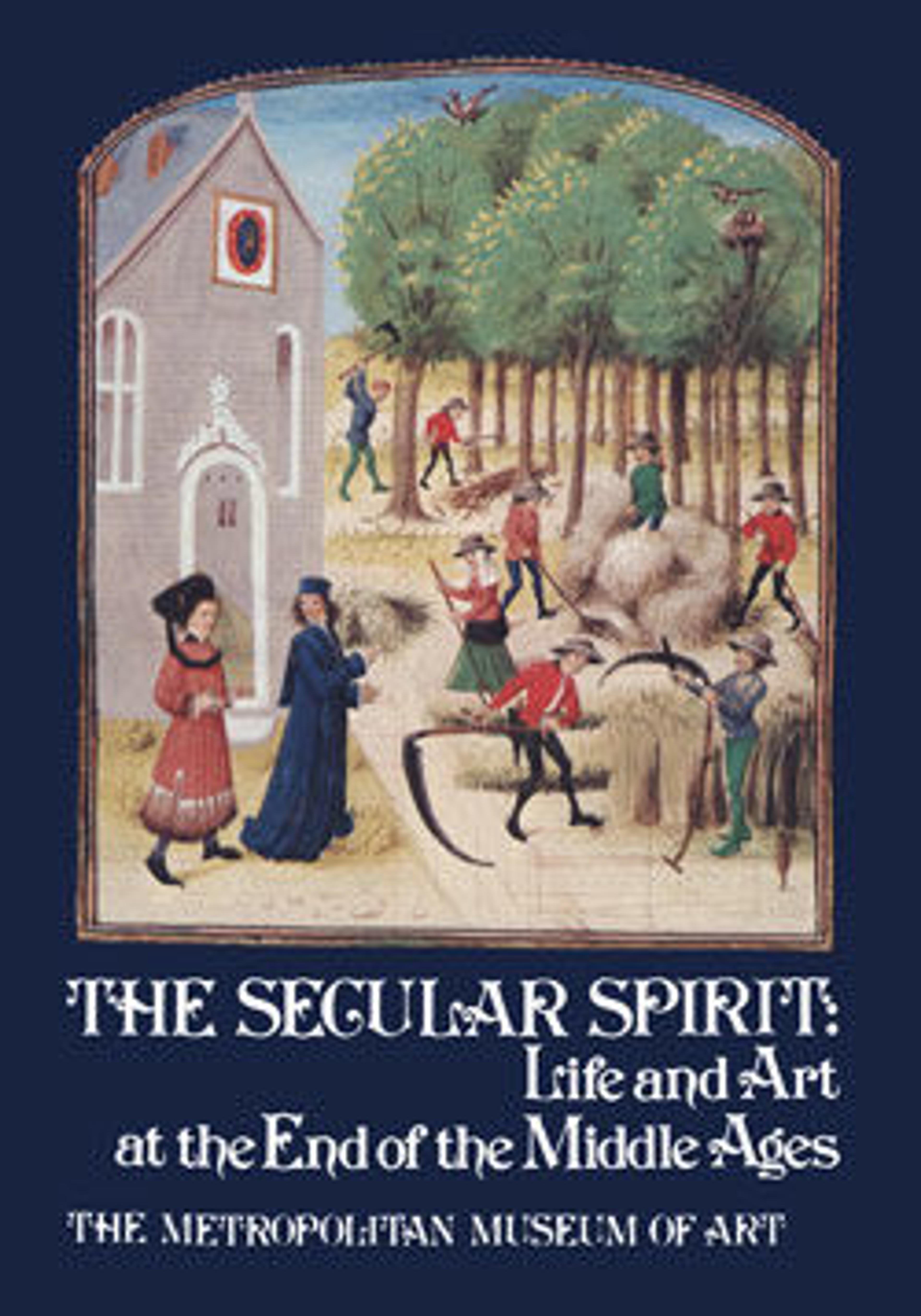Covered Beaker
This lavish silver beaker from the medieval town hall of Ingolstadt, in Bavaria, bear clear witness to the prosperity of the city and its residents, above all the fraternal members of the town council. The town hall boasted a treasury full of silver, and an on-site pub or "Trinkstube," in addition to its predicable tall towers and a fine clock. The town council members and guild leaders who gathered for meetings there appear to have taken the responsibility for celebration seriously.
On the base of this example, kneeling knights hold the painted arms of a mayor of Ingolstadt, Hans Glätzle, in whose honor it was given to the town treasury. But did Glätzle himself pay for this ostentatious silver beaker? Arms found on the inside of the lid could be those of the bakers’ guild, but have also been interpreted as that of the barbers or the bathhouse attendants!
The weight of the silver in Marks and Lots (old units of measurement) is written on the underside of the beaker, along with the city’s hallmark, a rampant (standing) panther. Although there is no maker’s mark, the Ingolstadt goldsmith Hans Greiff likely created this beaker to honor Mayor Glätzle, whom Greiff would succeed as mayor in 1498.
On the base of this example, kneeling knights hold the painted arms of a mayor of Ingolstadt, Hans Glätzle, in whose honor it was given to the town treasury. But did Glätzle himself pay for this ostentatious silver beaker? Arms found on the inside of the lid could be those of the bakers’ guild, but have also been interpreted as that of the barbers or the bathhouse attendants!
The weight of the silver in Marks and Lots (old units of measurement) is written on the underside of the beaker, along with the city’s hallmark, a rampant (standing) panther. Although there is no maker’s mark, the Ingolstadt goldsmith Hans Greiff likely created this beaker to honor Mayor Glätzle, whom Greiff would succeed as mayor in 1498.
Artwork Details
- Title:Covered Beaker
- Artist:Hans Greiff (German, active ca. 1470–died 1516 Ingolstadt)
- Date:ca. 1470
- Geography:Made in Ingolstadt, Bavaria, Germany
- Culture:German
- Medium:Silver, gilded silver, enamel, and cold enamel
- Dimensions:Overall: H: 15 1/2 in. (39.4 cm)
- Classification:Metalwork-Silver
- Credit Line:The Cloisters Collection, 1950
- Object Number:50.7.2a, b
- Curatorial Department: Medieval Art and The Cloisters
More Artwork
Research Resources
The Met provides unparalleled resources for research and welcomes an international community of students and scholars. The Met's Open Access API is where creators and researchers can connect to the The Met collection. Open Access data and public domain images are available for unrestricted commercial and noncommercial use without permission or fee.
To request images under copyright and other restrictions, please use this Image Request form.
Feedback
We continue to research and examine historical and cultural context for objects in The Met collection. If you have comments or questions about this object record, please contact us using the form below. The Museum looks forward to receiving your comments.
